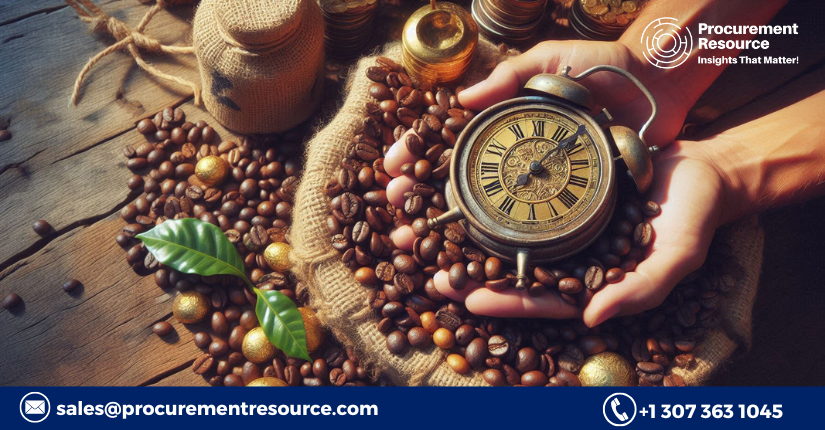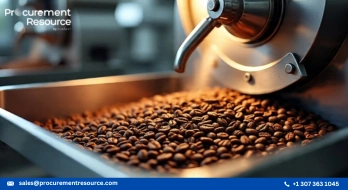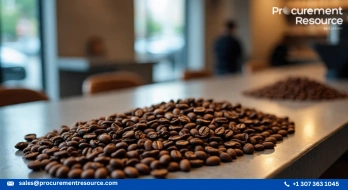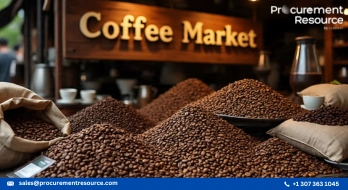Coffee prices have been witnessing a significant surge in prices amid production shortage

Coffee prices have surged to unprecedented levels, driven by a significant reduction in Brazil’s crop projections. As the largest coffee producer globally, Brazil faces the dual challenges of unfavorable weather conditions and lower yields, creating a global supply shortage. Arabica coffee futures, the benchmark for premium coffee, have risen sharply—up 73% over the past year and 31% in the past month. Meanwhile, robusta coffee prices have also reached record highs, with average prices for Q2 showing an 82% year-over-year increase.
Vietnam, the leading producer of robusta, has grappled with severe weather, including drought during growth and heavy rains during harvest, further tightening supplies.
In 2024, coffee prices surged 80%, fueled by production challenges in both Brazil and Vietnam. This rise presents difficulties for traders dealing with higher hedging costs and supply chain disruptions, while consumers increasingly opt for cheaper alternatives. Although higher prices have improved farmer earnings, the imbalance between supply and demand continues to strain the global coffee market.
Vietnam's robusta production struggles have further exacerbated the supply crunch, adding upward pressure on prices. While farmers benefit from higher earnings, traders face delayed shipments and escalating costs. Consumers, on the other hand, are shifting to budget-friendly brands. Nestlé, the largest coffee company, has already felt the effects, losing market share as buyers seek more affordable options.
Read More About Coffee Production Cost Reports - Get Free Sample Copy in PDF
Arabica prices remain particularly volatile, with traders closely monitoring the $3.40–$3.50 range for potential corrections. As supply issues persist, the coffee market faces continued uncertainty, leaving both producers and consumers navigating rising costs and tightening availability.



